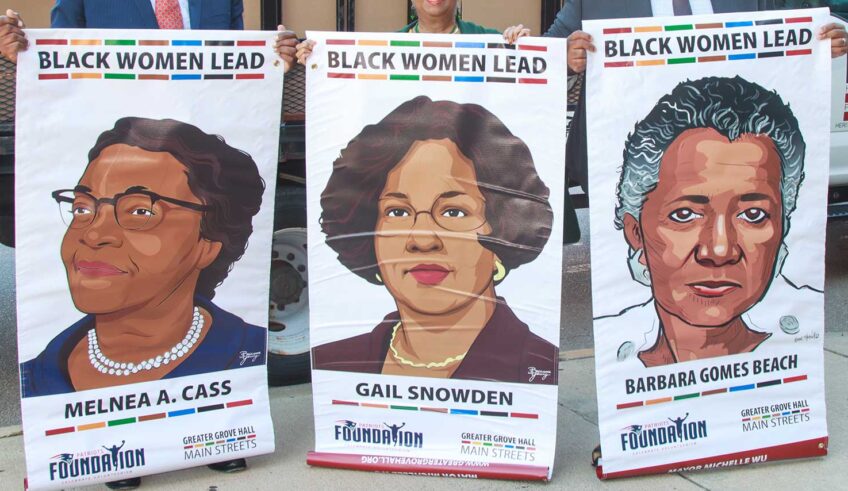Black and Latino men in New York hope to see an end soon to the oppressive stop-and-frisk program of the New York Police Department. Federal District Court Judge Shira A. Scheindlin has ruled that stop-and-frisk is a “policy of indirect racial profiling” in violation of the 14th Amendment and the invasive search violates the constitutional protection of the 4th Amendment against “unreasonable searches and seizures.”
Prior to 1968, the police in America lacked the constitutional authority to stop and frisk a citizen without probable cause for arrest. In the 1968 case of Terry v. Ohio, the U.S. Supreme Court ruled that a police officer may stop a person on the street if he has reasonable suspicion the person has committed a crime or is about to do so. An external pat down is permissible if the officer reasonably believes the person “may be armed and presently dangerous.”
New York Mayor Michael R. Bloomberg and his police commissioner Raymond W. Kelly oppose the judge’s opinion and assert that the stop-and-frisk strategy has been primarily responsible for the drop in crime. According to the police records there were 4.43 million stops between 2004 and mid-2012, and about 90 percent were released without an arrest or any basis for a summons. Hardly a strong record of crime control and a number of those arrested or issued a summons had become involved in a conflict with the investigating police officers.
Judge Scheindlin found that during a police stop, blacks and Latinos “were more likely to be subjected to the use of force than whites. Despite the fact that whites are more likely to be found with weapons or contraband.” This would lead one to believe that a more effective strategy to reduce crime would be to stop and frisk more white New Yorkers. Nonetheless, police records indicate that 83 percent of those stopped were black or Latino while that group constitutes only 50 percent of the city’s population.
Police reports on stops indicate frequently that police attention to an individual was caused by his “furtive movements.” This was more specifically defined as “being fidgety, changing directions, walking in a certain way, grabbing at a pocket or looking over one’s shoulder.” Judge Scheindlin stated that “blacks are likely targeted for stops based on a lesser degree of objectivity founded suspicion than whites.” It should also be pointed out that the observed conduct of blacks does not always attain the standard required in the Terry case.
The racially discriminatory treatment of blacks and Latinos undoubtedly creates more conflict with the police. A high level of trust and cooperation with the community is essential for effective police work. The stop-and-frisk program has generated considerable hostility with the police in New York, and it is has also become a problem in some other cities.
Judge Scheindlin’s opinion did not end stop-and-frisk. There is no judicial authority to do so. However, she established a court-appointed monitor to assure that the New York police abide by the constitutional protections. The data indicate that the number of stops rose from 97,296 in 2002 to 508,540 in 2006, and even higher as time went on. Clearly, the job of overseeing such a massive program is extensive.






